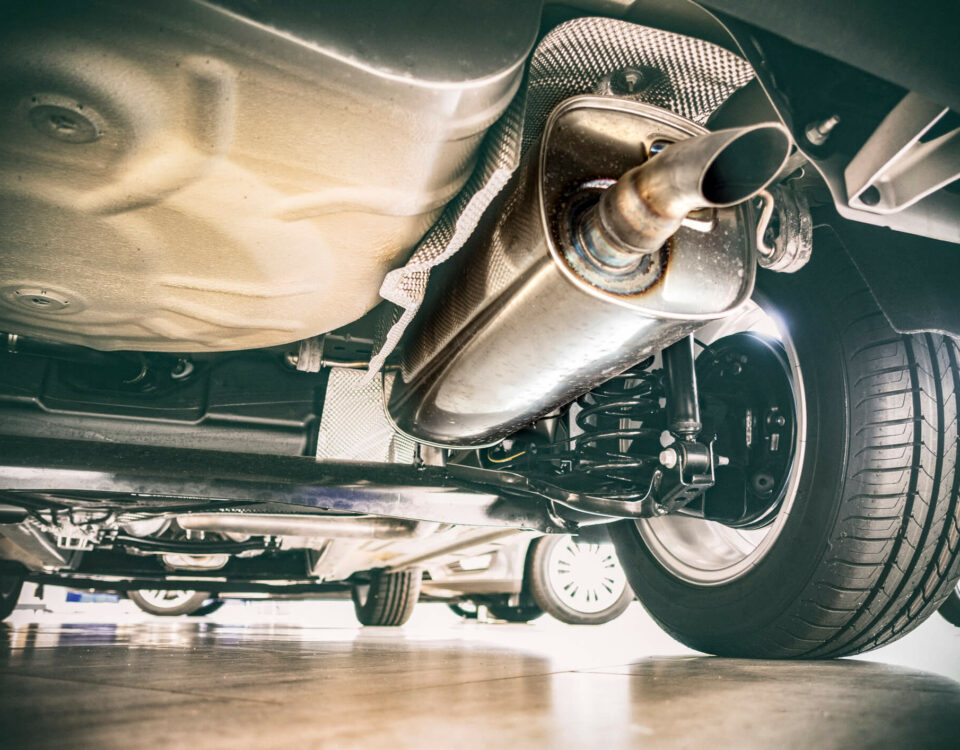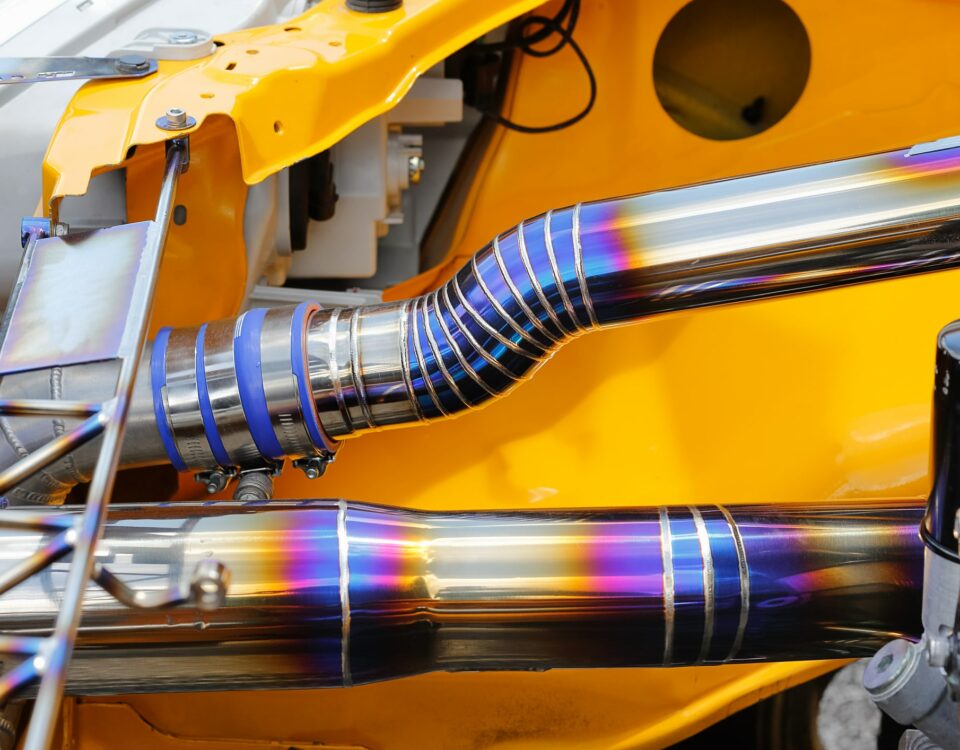Do Exhaust Tips Change The Sound of Your Exhaust?
Exhaust tips – after-market modifications that attach to or replace the end of your vehicle’s exhaust system – are a small and seemingly minor way to modify your car. They are often overlooked, and many people wonder what exhaust tips do, so in this article, we’ll explain what effects exhaust tips may have on the sound and performance of your vehicle, and list the different types of exhaust tips.
Read on to learn more about exhaust tips and answer the question: do exhaust tips change sound for good:
What is an Exhaust Tip, and How Does it Work?
As the name implies, an exhaust tip is a part fitted to the end of your car’s exhaust system and is usually (but not always) easily visible from the outside of your car. Exhaust tips come in all kinds of shapes and sizes and can be made from various materials (like steel and carbon fibre) for different effects, though the material has less effect on the question of whether exhaust tips change sound than you might think.
Because common exhaust systems are fitted with noise muffling and particulate filtering technology throughout the system, not just at the end, you may wonder what do exhaust tips do for you, exactly. However, a carefully designed exhaust tip regulates gas pressure and acoustics by channelling exhaust gases, resulting in better gas flow and sound dispersal.
What Changes the Sound of an Exhaust?
The sound your exhaust makes is affected by everything from the diameter of your exhaust pipes to the condition of your catalytic converter (if your car even has one), including – you guessed it – exhaust tips. Unfortunately, because most conventional cars are designed to reduce the noise of exhaust gases with mufflers, the answer to people wondering if exhaust tips change sound is generally no, or not by much.
However, many people in the modding community have worked long and hard on ways to make their exhausts louder, so there are plenty of after-market ways to change the sound of your exhaust, including:
- Replacing your muffler: As the name implies, mufflers are designed to muffle the noise of your engine, though some models can modify or amplify the sound of your exhaust.
- Fitting an exhaust tip: Depending on the design, exhaust tips can increase or decrease the noise of your exhaust and add unique acoustics, as with resonated exhaust tips.
- Cleaning your exhaust: Although it’s not very glamorous, cleaning your exhaust (with carbon cleaning services, for example) can drastically improve the acoustics and volume output.
Do Resonator Exhaust Tips Change The Sound of Your Exhaust?
Yes. Resonator exhaust tips contain specially designed cavities that cause the exhaust gases passing through to vibrate in a specific way that can alter or reduce the sound of your exhaust. Modders often use resonator exhaust tips paired with custom exhaust systems to create loud, high-frequency noises, so you may want to ask an exhaust system specialist about resonator exhausts if you’re curious do exhaust tips change sound.
Do Exhaust Tips Add Horsepower?
While there are some surprising answers to the question of what do exhaust tips do, they unfortunately won’t do much for your horsepower. Remember that the exhaust tip is only the end of a complicated system of pipes, and ask yourself if changing your taps will increase the water pressure in your home. While a large exhaust tip may increase the sound of your exhaust (through acoustics and lowered gas pressure), it’s not helping your engine to produce more horsepower.
How to Choose the Best Sounding Exhaust Tips
Because there are so many different types of exhaust tips – from stock parts to elaborate carbon fibre designs – choosing the best tips for your car may seem overwhelming. Fortunately, we’ve created a brief guide to exhaust tips explaining the most common designs so you can find the best type of exhaust tip for your needs from the various types such as:
Single Wall
Single-wall exhausts are made from a single wall of material (typically stainless steel), meaning they are simple, affordable and easy to maintain, though they aren’t the best at muffling/amplifying sound.
Dual Wall
No prizes for guessing how these differ from single-wall exhaust tips: Made from two layers of material, dual-wall exhaust tips are heavier but longer-lasting than equivalent single-wall parts.
Angle Cut
Angle-cut exhaust tips feature angled outlets typically angled downward to complement more aggressive body types and show off a little more steel, making them popular with 4X4 owners.
Straight Cut
Straight-cut exhaust tips use more traditional designs to maximise the amount of exhaust visible from the outside of your car, with cuts made perpendicular to the exhaust pipe.
Turndown Exit
Sometimes called ‘dump outs’, these exhaust tips are angled downward – toward the road – and are often used on lorries to avoid spraying hot exhaust at trailers, other vehicles, pedestrians, etc.
What Size Exhaust Tip Should I Get?
The size of your exhaust tip – both length and diameter – can drastically affect the sound your exhaust makes, potentially amplifying a low roar or muffling annoying exhaust rattles. For example, an exhaust tip with a small diameter and long length will restrict exhaust gases from passing through, reducing the noise levels like a muffler.
In contrast, larger exhaust tips are less restrictive, allowing more gases and sound waves to pass through, creating a deeper, louder sound from your engine. This goes double for flared exhaust tips that widen at the end, as these act as a megaphone, amplifying sound waves as they exit your car.
Conclusion
Although many people believe that exhaust tips are minor stylistic tweaks, they can significantly affect your car’s sound and performance, especially if you had a particularly restrictive exhaust system beforehand. If you’d like to enhance the performance and style of your car without breaking the bank, exhaust tips are the way to go!



